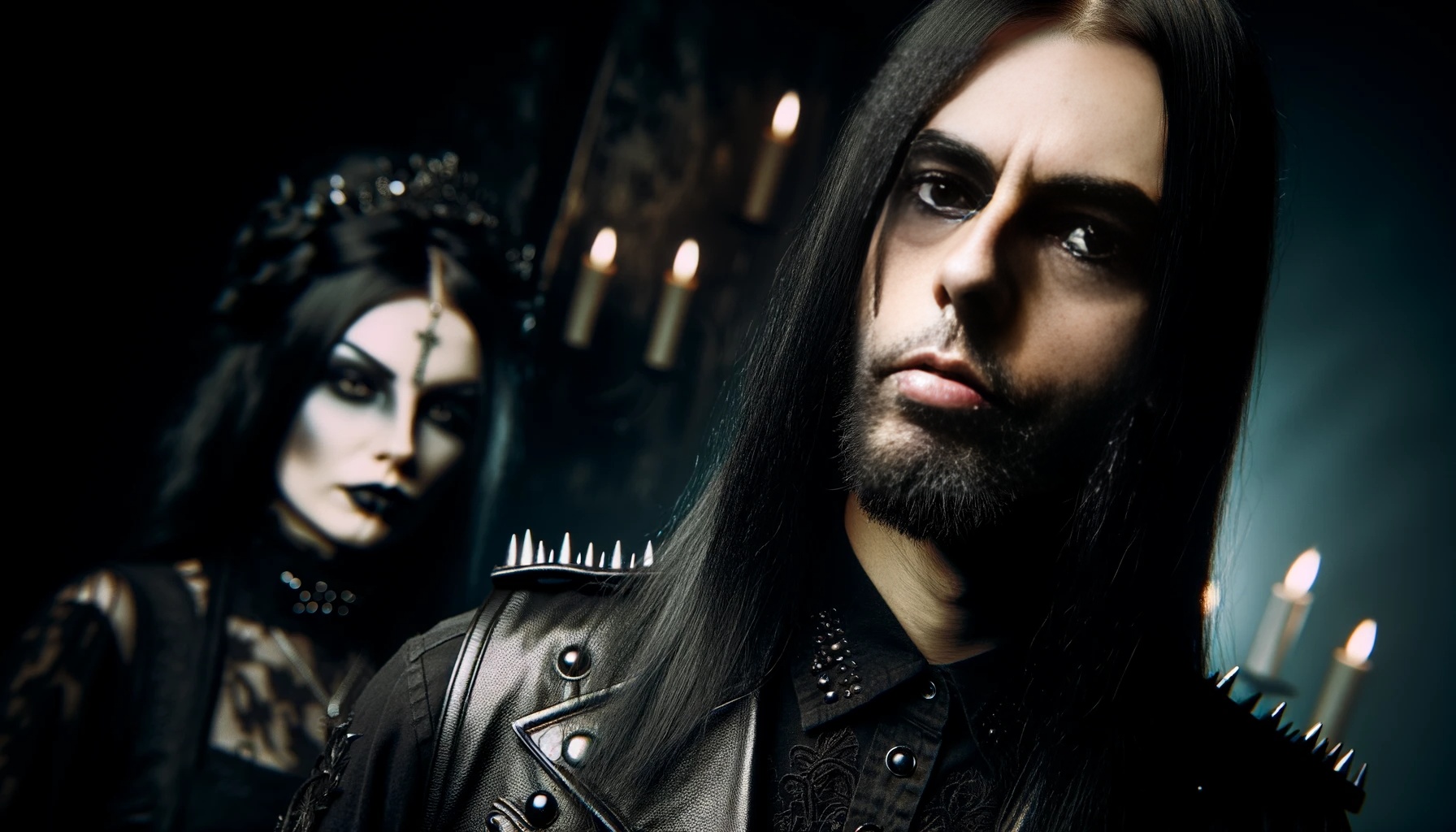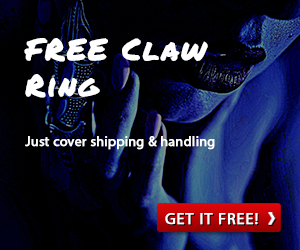When it comes to the idea of political neutrality in metal and goth music, I can already hear the anguished howls of purists insisting, “Music should just be music! Leave politics out of it!” Cute sentiment. But here’s the thing: metal and goth have never been neutral—and trying to act like they should be is nothing short of betrayal to the very essence of these subcultures.
Let’s crack open the coffin and take a long, hard look at why neutrality is not only unrealistic but downright hypocritical in these genres that thrive on rebellion, darkness, and the destruction of societal norms.

Metal and Goth: Born from Rebellion, Not Neutrality
Both metal and goth emerged as middle fingers to conformity. Metal, with its distorted aggression, called out social decay, war, and oppression. Goth, dripping in melancholy and poetic morbidity, turned the mirror on a world that felt alienating and cruel. Neither of these genres came from a place of neutrality—they were forged in fire and shadow as defiance against societal norms.
So, let’s not kid ourselves that the people who brought us anti-war anthems, satanic riffs, and existential wailing were ever neutral. From Black Sabbath railing against war profiteering to Bauhaus weaving grim art out of despair, neutrality wasn’t just absent—it was unwelcome.
The Hypocrisy of “Neutral” Artists
Let’s address the elephant in the graveyard: artists claiming neutrality while enjoying the benefits of subcultures that were never neutral in the first place. If you’re a metal or goth artist and you claim to be “apolitical,” you’re either lying to yourself, your audience, or both.
Every aesthetic decision you make—black leather, corpse paint, crucifixes, or militaristic boots—screams rebellion against societal norms. Even silence is a political act. So, when you wave the flag of neutrality, what you’re really doing is selling out under the guise of not wanting to “divide your audience.” Spoiler alert: if your audience is genuinely divided over basic human rights or social justice, maybe you’re better off without the ones throwing up Roman salutes in the mosh pit.
Political Neutrality Equals Complicity
Here’s where it gets uncomfortable (good, it should): political neutrality is not just cowardly—it’s complicity. When fascists infiltrate your scene and you stay silent, guess what? They see your silence as approval.
Let’s take the example of black metal. While it’s home to some of the most innovative and extreme art, it’s also infamous for harboring ideologies that are… let’s just say, not exactly inclusive. If you’re a black metal artist and you claim neutrality when your genre is being hijacked by literal Nazis, you’re not neutral. You’re helping them.
Why Metal and Goth Need More Politics, Not Less
If anything, we should be asking for more politics in metal and goth music. These genres have always been safe havens for the outcasts, the weirdos, and the rejected. They should be the first to rise up against oppression, not the last.
Imagine if bands like Napalm Death or Bad Religion had stayed silent instead of tackling politics head-on. Imagine Joy Division not pouring the alienation of post-industrial England into their music. These acts didn’t just make art—they made statements that resonated with people who felt ignored by the mainstream. That’s what metal and goth should be about.

The False Fear of “Alienating Fans”
Let’s get one thing straight: if you’re worried about alienating fans with your political stances, maybe you need better fans. The beauty of these subcultures is that they attract people who think for themselves, people who crave substance.
Yes, you might lose some listeners when you take a stand, but you’ll gain far more respect from those who actually give a damn. Do you want an army of passionate followers or a horde of indifferent casuals? Pick a side—because staying in the middle isn’t edgy, it’s pathetic.
Artists Who Prove the Point
Look at artists who refuse to back down. Gojira regularly addresses environmental collapse. Chelsea Wolfe explores feminist themes while drenching us in gothic doom. Even within black metal, bands like Panopticon unapologetically embrace themes of environmentalism and anti-capitalism. These artists have carved their names into the scene not in spite of their politics but because of them.
Meanwhile, the ones crying “neutrality” are fading into irrelevance, their watered-down messages leaving no lasting impact.

Provoking the Scene: Where Do You Stand?
So, here’s the challenge: if you’re a metal or goth artist reading this, ask yourself—where do you stand? And more importantly, why aren’t you saying it louder?
If your excuse is that “music should bring people together,” consider this: true unity isn’t about avoiding hard truths; it’s about confronting them together. A scene that tolerates hatred and oppression under the guise of neutrality isn’t united—it’s rotting from the inside out.

Closing Thoughts: The Price of Neutrality
The idea of political neutrality in metal and goth music is a myth, a coward’s refuge. If you’re neutral in genres built on rebellion and subversion, you’re not just missing the point—you’re actively undermining it. Metal and goth don’t need neutrality. They need voices loud enough to shake the very foundations of the systems they were built to oppose.
If you’ve made it this far and feel compelled to rage at me, good—that’s the point. Now go ahead and make some noise.
And before you get lost in your own righteous fury, check out my blog at this link and follow all my musings and chaos across the digital void at right here.
Follow me on social media



